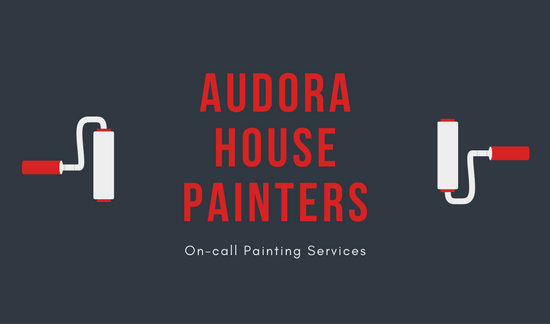The Impact Of Weather On Industrial Exterior Paint: Secret Factors To Consider
The Impact Of Weather On Industrial Exterior Paint: Secret Factors To Consider
Blog Article
Authored By-Weiss Duckworth
When you're planning a commercial external painting project, do not undervalue the impact of weather on your outcomes. You need to consider factors like temperature, moisture, and rainfall, as they can make or damage your paint job. For painting building , did you know that perfect conditions call for details temperature level ranges and moisture levels? Failing to check these facets can lead to irregular coatings and even damage to fresh paint. Understanding business window painting is crucial to accomplishing a lasting, professional result. So, what particular climate condition should you watch out for?
Temperature Considerations
When it concerns industrial external painting, temperature level plays a crucial role in the result of your job. If you're repainting in extreme heat, the paint can dry out too swiftly, causing problems like poor adhesion and irregular coatings. You wish to go for temperature levels between 50 ° F and 85 ° F for the very best outcomes. Below 50 ° F, paint may not heal appropriately, while over 85 ° F, you risk blistering and breaking.
Timing house of color tulsa with the appropriate temperatures is essential. Beginning your job early in the morning or later on in the afternoon when it's cooler, especially during hot months.
Likewise, think about the surface temperature; it can be dramatically higher than the air temperature level, especially on warm days. Use a surface thermostat to examine this prior to you start.
If temperatures are unpredictable, keep an eye on the weather prediction. Sudden temperature drops or warm front can thwart your strategies. You don't want to begin painting only to have the conditions alter mid-project.
Moisture Levels
Humidity levels dramatically impact the success of your industrial exterior paint task. When the moisture is expensive, it can impede paint drying and treating, causing a variety of concerns like inadequate attachment and complete high quality.
If you're preparing a job during moist conditions, you could discover that the paint takes longer to completely dry, which can extend your project timeline and boost costs.
Alternatively, reduced humidity can likewise posture difficulties. Paint may dry out too promptly, stopping correct application and causing an irregular surface.
click the up coming site 'll wish to check the humidity levels closely to guarantee you're functioning within the perfect range, normally between 40% and 70%.
To obtain the most effective outcomes, take into consideration using a hygrometer to determine moisture prior to beginning your job.
If you discover the levels are outside the optimum variety, you may need to readjust your routine or select paints made for variable problems.
Constantly consult the maker's guidelines for particular recommendations on moisture tolerance.
Precipitation Effect
Rainfall or snow can considerably disrupt your business external painting plans. When precipitation occurs, it can wash away freshly used paint or produce an unequal coating. Ideally, you want to select days with completely dry weather condition to make certain the paint adheres correctly and cures properly. If you're captured in a rain shower, it's ideal to stop the task and await conditions to boost.
Moreover, snow can be a lot more detrimental. Not only does it develop a damp surface, however it can also lower temperatures, making it tough for paint to dry. This can result in problems like peeling off or blistering down the line.
It's important to check the weather forecast prior to starting your job. If rain or snow is forecasted, take into consideration rescheduling.
Constantly bear in mind to permit adequate drying time in between coats, especially if the weather stays uncertain.
Conclusion
To conclude, keeping an eye on the climate is necessary for an effective business exterior paint job. By keeping an eye on temperature, humidity, and precipitation, you can make certain the most effective conditions for application and curing. Remember to intend your work around desirable weather and always comply with supplier standards. With the best approach, you'll attain a durable, stunning finish that can stand up to the elements. Do not allow the climate catch you unsuspecting-- stay notified and repaint smart!
